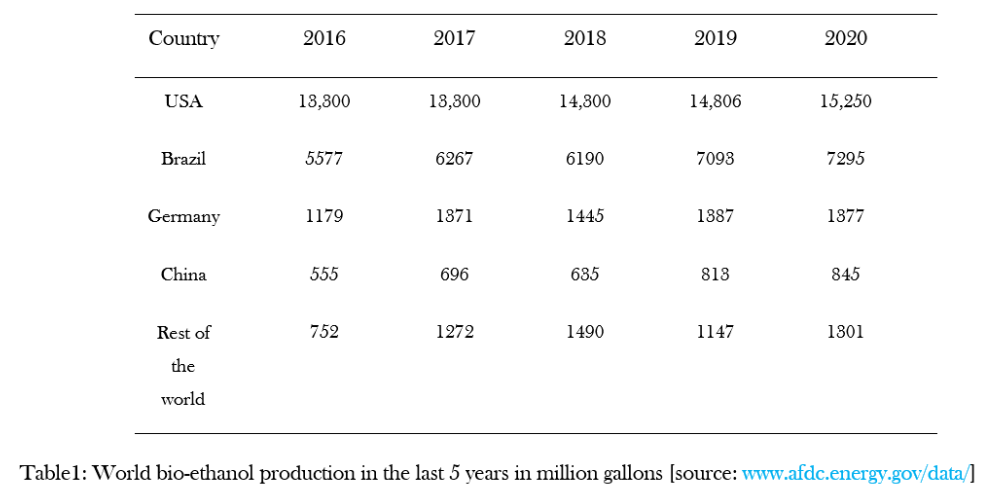On 23rd May 2022, the world stood alarmed once again, when the increasing number of cases of the rare Monkeypox infections were reported to stand at 131 from 18 non-endemic countries, although there has been no recent associated death.
The Monkeypox virus (MPXV) which belongs to the Orthopoxvirus genus of the Poxviridae family is made up of double-stranded DNA and is zoonotic in nature. Due to its maintenance in the wild animal population, it is far less sensitive to common eradication methods. Certain risk factors associated with MPXV infection include increase in geographical range and cessation of vaccination of the host. Environmental factors like increasing risk of animal-host transmission and frequency of contact with potential host may also contribute to viral transmission.
Back in 1958, the MPXV was first identified as a member of the Orthopoxvirus genus by the State Serum Institute in Copenhagen, Denmark. It was isolated first from vesiculo-pustular lesions of infected cynomolgus macaques. In 1970, first human infection was detected in the remote area of Democratic Republic of Congo. 6 deaths were reported in 1996 along with 71 clinical cases. In 2003, first case of MPX in the USA was initiated by exotic pets imported from Ghana. Reemergence of MPXV occurred in 2017 in Nigeria after 39 years of no reported case. In 2018, 3 individual patients were diagnosed with MPX in the UK.
MPXV originated from progenitor pox virus and shares similarities with the variola virus. It has two origins, one of which is the West African variant, exhibiting lower virulence and are less transmissible to humans. The only few cases were reported from certain West African nations. The other strain originates from Central African which prohibits inflammatory cytokine production in infected patients by preventing T-cell receptor-mediated activation and hence is far more virulent.
Specimens for clinical diagnosis purposes include that from skin lesions and swabs. The dermis might exhibit papular lesions. Keratinocytes exhibit vasculitis and viral inclusions apart from spongiosis. Detection of immune responses to the presence of other OPXV makes serological testing unsuitable for MPXV diagnosis, although it may provide evidence of viral exposure. Injection of anti-poxvirus antibodies into unvaccinated infected individual may aid in diagnosis of MPX. All cases from Nigeria, Singapore, UK and Israel were identified as West African MPXV using PCR and genetic sequencing.
Direct or indirect contact with infected animals (live or dead), for e.g. hunting of small animals for food is the main cause for the transmission of virus in humans, while in animals, aerosol transmission has been detected. Due to increase in T-cell response and production of antiviral antibodies during the course of infection, the development of highly-sensitive diagnostic techniques may help cure patients faster.
The impact of the existing smallpox vaccine on MPXV infections will play an important role in the prevention of the disease, due to concerns regarding its adverse effects in an immunocompromised population. Till now, the Modified vaccinia Ankara (MVA) has been found to confer protection against lethal doses of MPXV except for cases in which severely diminished T-cell protection has been observed in the primates.
Contrasting SARS-COV2 MPXV which spreads though aerosols and is more contagious, MPXV spreads though contact and is less contagious. Nevertheless, an extended chain of person-to-person transmission of monkeypox in the Democratic Republic of Congo is an indication of the potential of the virus to infect immunocompromised individuals, which may cause its evolution and independent maintenance in the human population. Groups of population including pregnant women and immunocompromised persons are at higher risk of getting infected. Due to diversity of taxa supporting MPXV replication, more species of animals are prone to the risk of viral infection. Although, there is a lack of information regarding the species causing the viral transmission, certain approaches may be useful in detecting and better understanding the origin, transmission and risk factors of MPXV. These include predictive risk modelling across different landscapes and scales, theoretical mathematical modelling studies, population genetic studies, ecologic risk mapping studies and surveys.
















